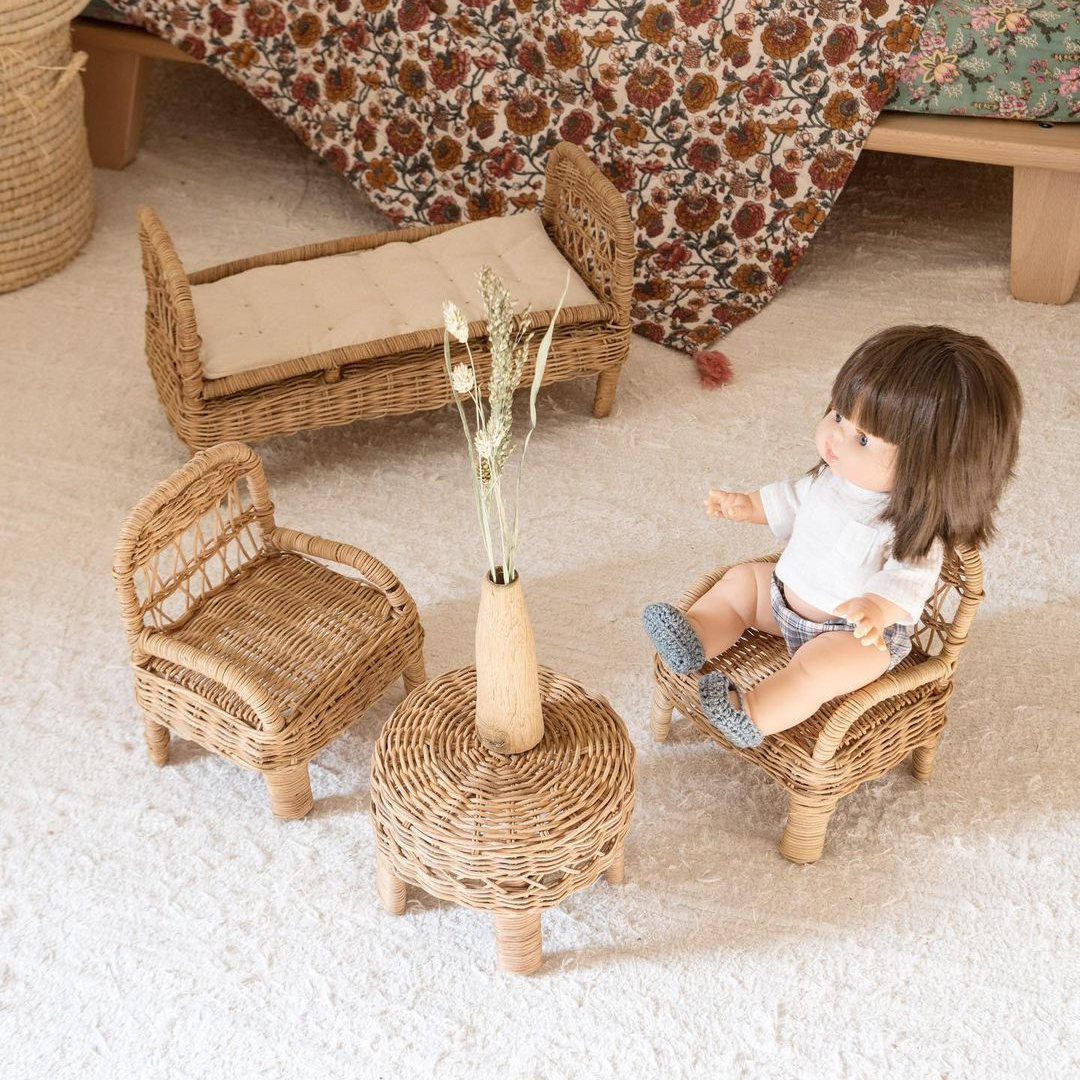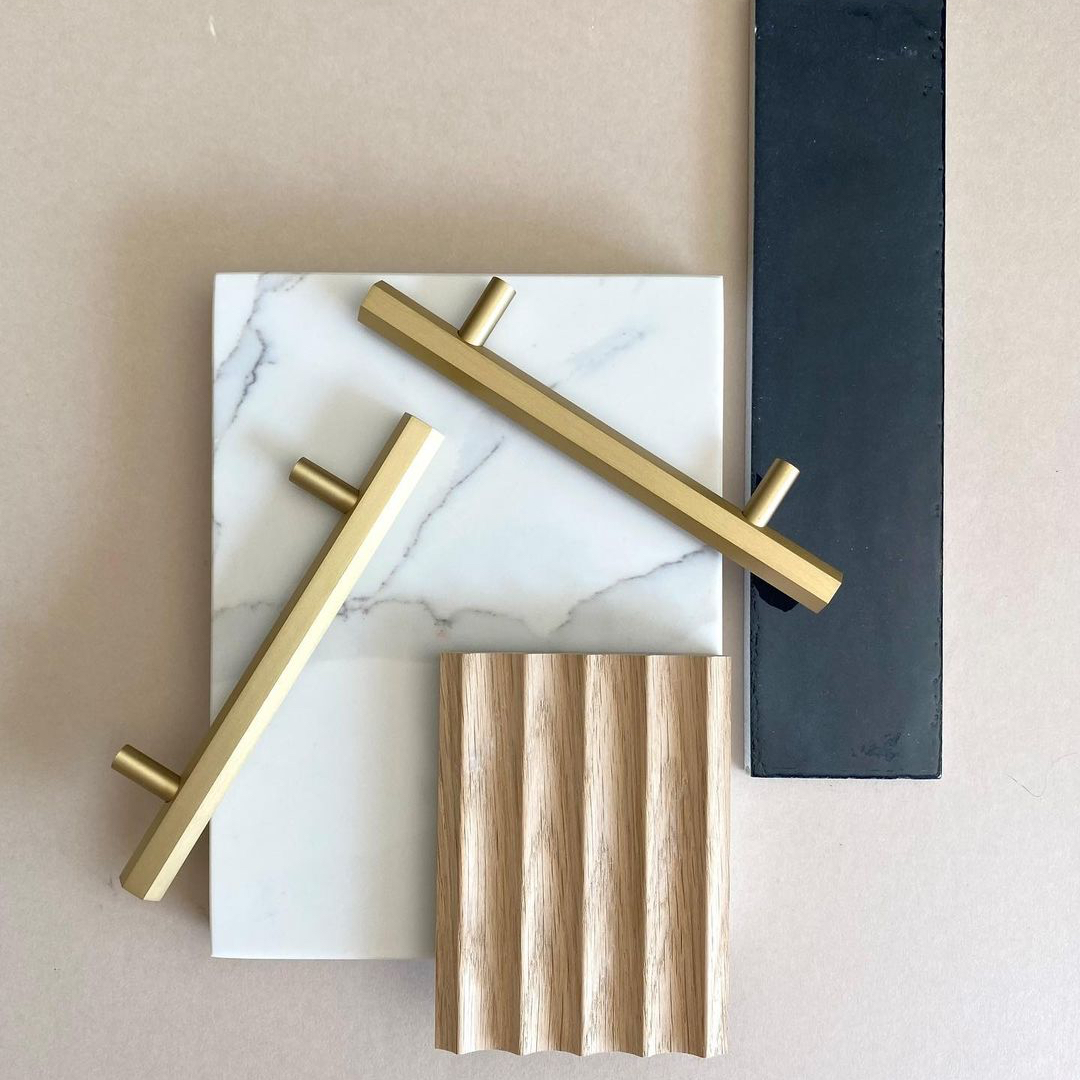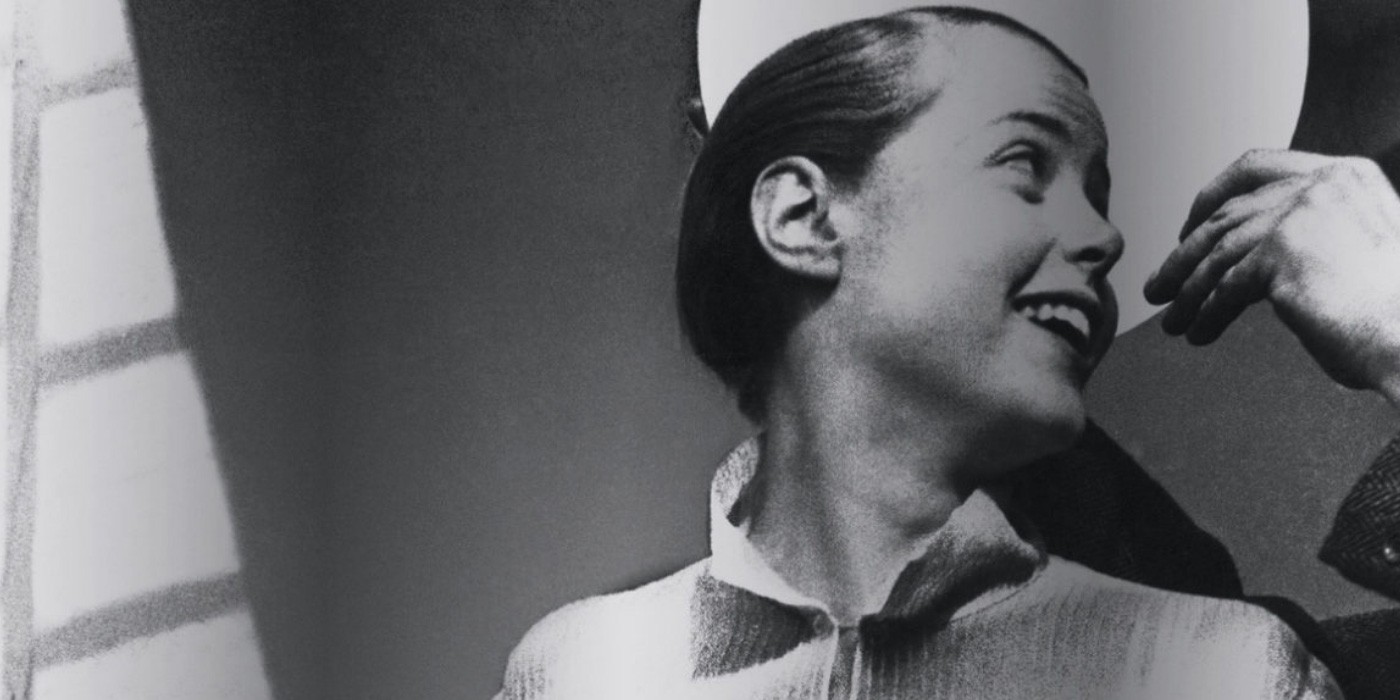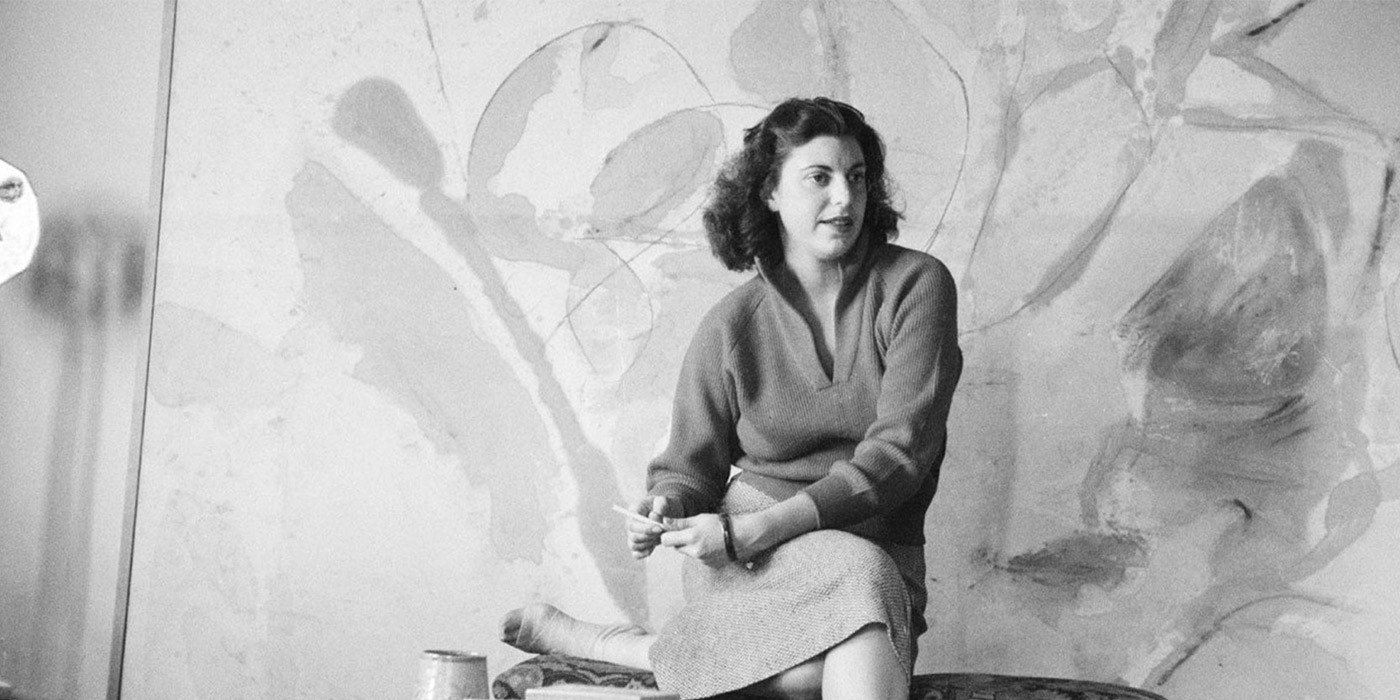Charlotte Perriand: Modernist Design Pioneer
Charlotte Perriand was a pioneer of modernism in France. She was one of the most influential figures in 20th-century design and became one of the most significant French furniture designers of the time.
Born on 24 October 1903 in Paris, Perriand was raised among designers, dressmakers and milliners. Her father worked as a tailor and her mother as a seamstress, and she was exposed from childhood to the world of traditional craftsmanship.
Money was tight, but she had the advantage of being the only child of a resourceful and skilful couple. She studied at the École de l'Union Centrale des Arts Décoratifs from 1920 to 1925. Two years later, she began working as an interior designer, based at her studio on Place Saint-Sulpice.
In October 1927, having begun to establish a reputation in the architectural scene of the time, Perriand began working for Le Corbusier and his cousin Pierre Jeanneret. Their collaboration lasted through to 1937 and was extremely fruitful, especially in the field of furniture design.
With Le Corbusier, she designed several pieces of metal furniture – such as the famous adjustable B306 chaise longue and the Armchairs LC2 and LC4. She designed everything from chairs to stools and cabinets to dining sets. In the late 1930s, she left Le Corbusier.

Perriand also designed jewellery such as the collier (ball bearing necklace), which became synonymous with Perriand and her interest in the machine aesthetic in the late 1920s. The collier has subsequently attained the status of a mythical object and symbol of the machine age. A number of photographs survive of Perriand wearing the collier.

Among her later partnerships was with Jean Prouvé, known for his works in metal, a skill he honed as a metal worker and took with him to his self-taught career as a designer. Prouvé's main achievement was transferring manufacturing technology from industry to architecture without losing aesthetic qualities and designing the first chair made with plexiglass.
Perriand helped establish the Union des Artistes Modernes or The French Union of Modern Artists (UAM), a movement made up of decorative artists and architects founded in France on 15 May 1929 and active until 1959.

In 1933 she embarked on a photographic research project on the theme of Art Brut, in collaboration with Fernand Léger and Pierre Jeanneret. Perriand focused on objects found in nature, which she photographed as still life portraits in her studio in Montparnasse.
In June 1940, Charlotte Perriand boarded the Hakusan Maru to embark on a months-long journey to Tokyo, Japan. She was called upon to advise on the production of industrial art in Japan. On return to France in 1946, having been inspired by her time in Japan, she turned her attention to woodwork – straw, bamboo, and tree branches became her favourite materials. All her work thereafter would display a Japanese influence.
After the second world war, Perriand expanded her ideas towards a new housing concept giving a more human dimension to her pieces. Through an unlimited use of materials and her intimate connection with nature, she freed herself from the functionalist logic of design and began imposing a pure and strong style through the art of living.
Some of the most popular designs of Perriand include:
LC4 Armchair
LC2 Armchair
Tunisian Bookcase
Swivel armchair
The bar under the roof
The Petalo Nesting Tables

Charlotte Perriand’s way of thinking and designing invites us to reflect on the role of art in our society. More than simply an object of pleasure, art is the driving force of profound transformations in the society of tomorrow. Her work evolved radically over her lifetime, shaped by her political views and strong values.
Her practice resonated with changes in the social and political order, the evolution of the role of women and the changes in attitudes towards city living. She embodied a transition from 19th-century traditions towards the contemporary model of the 20th century.

Finally, Charlotte Perriand proved especially visionary in her consideration for the environment and how she was absorbed in, inspired by and sensitive to the natural environment and humans’ impact on it. Perriand believed that good design should be fundamentally transformative and accessible to all – an ideology that was revolutionary at the time.
Charlotte Perriand, a modernist design pioneer, enthusiastic photographer and collector of Art Brut who helped influence the design scene of the 20th century, continues to inspire us today.

She died on 27 October 1999 in Paris. Her legacy lives on.







